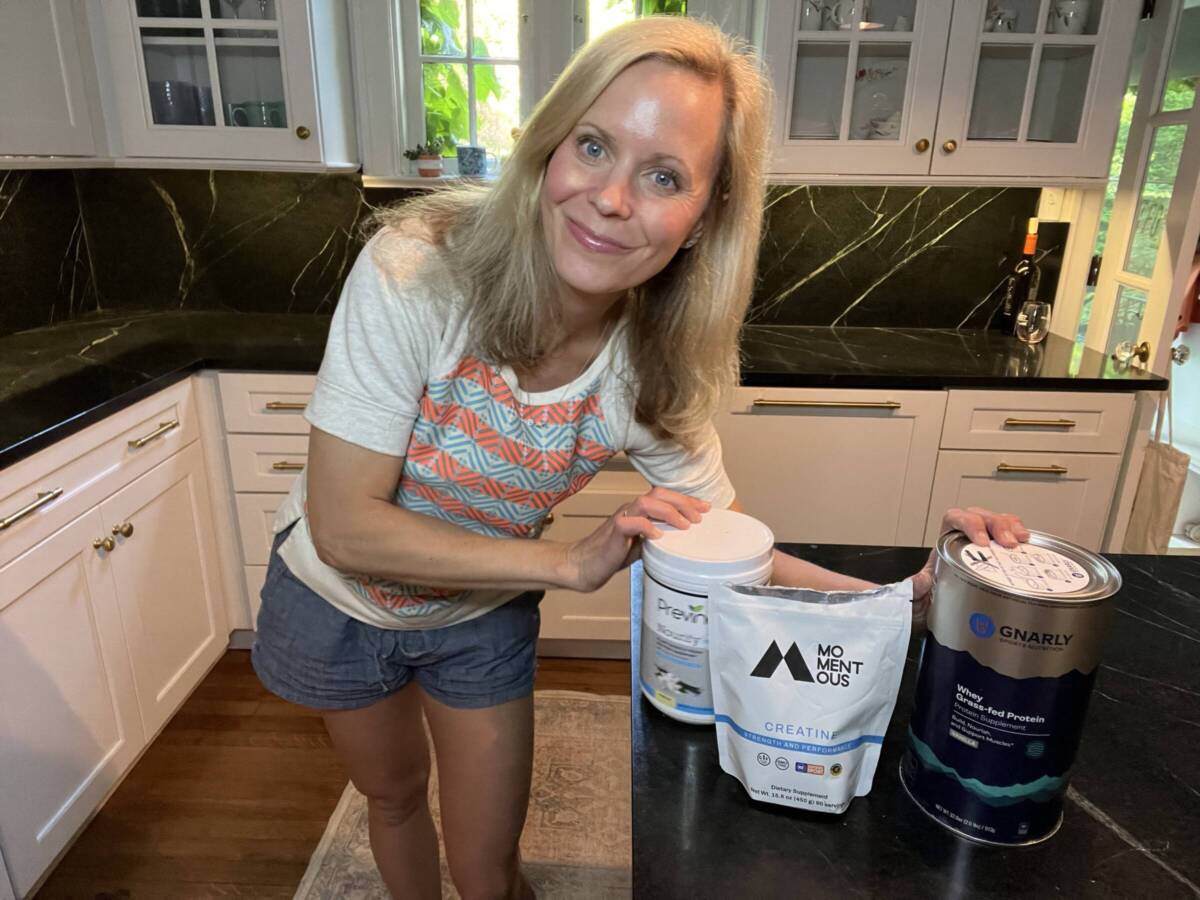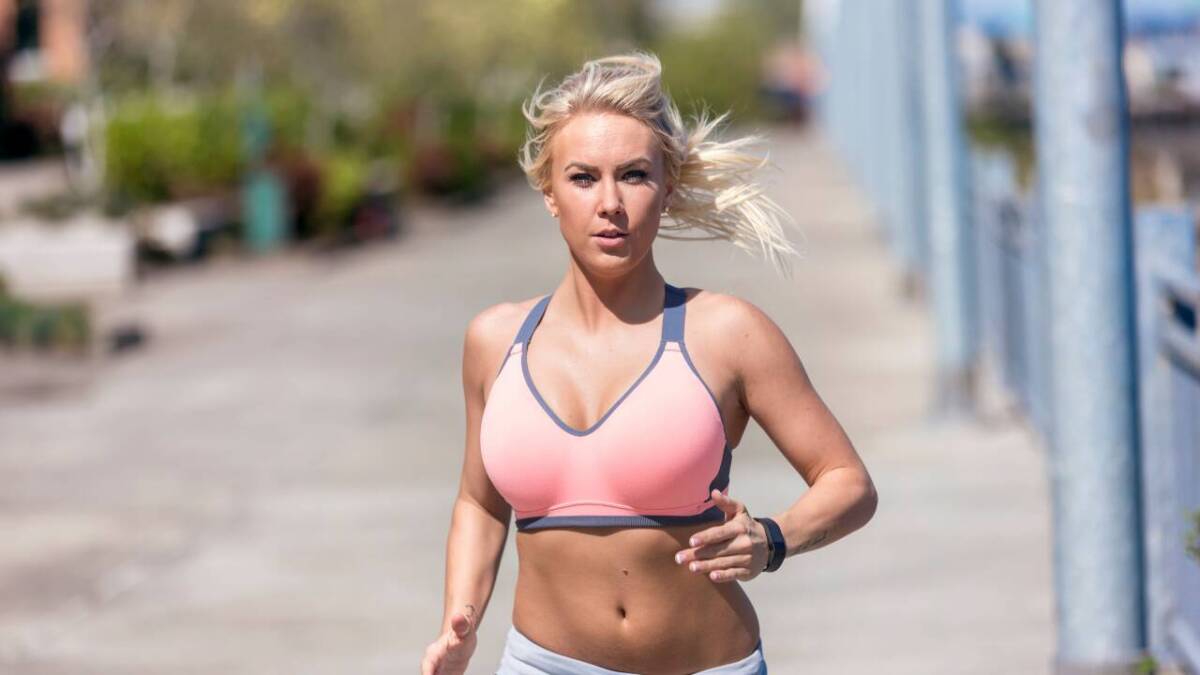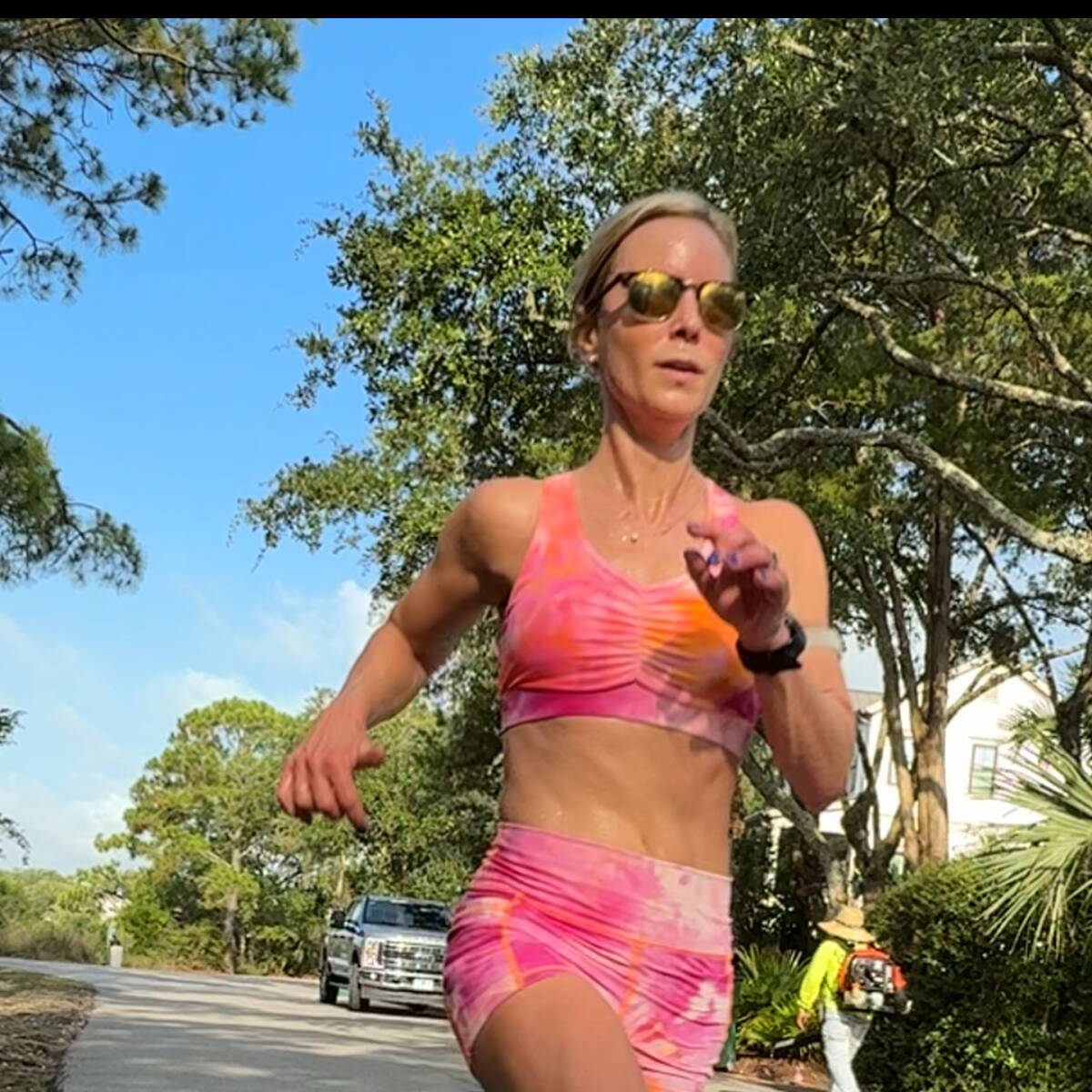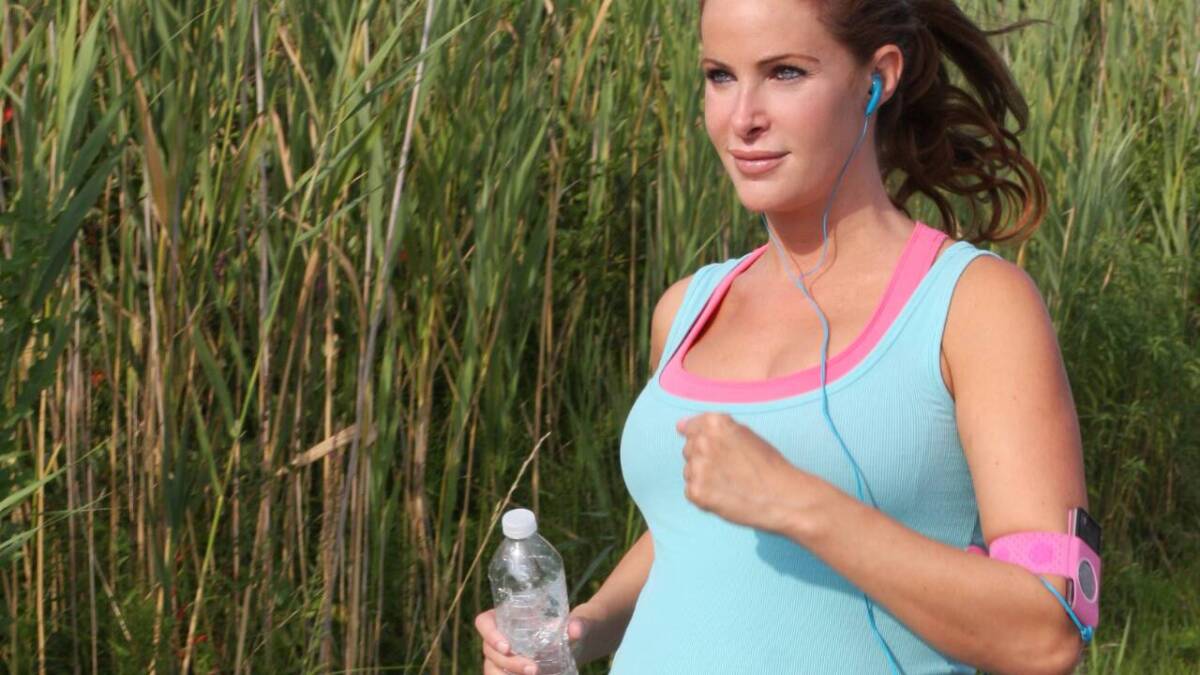How to Manage Menopause Symptoms While Running
You can manage menopause symptoms while running with some pre-planning and a lot of grace. Running can alleviate menopause symptoms but you need to stay consistent with it for several months to see the results.

This fall I dealt with crushing fatigue that made my runs feel almost impossible. A visit to the doctor and labs showed that my sex hormone levels had dropped and that I likely was entering perimenopase. I then began my journey of figuring out how to feel better!
What helped speed this journey along was already coaching perimenopausal women. We talked at length about what they were feeling and I was able to walk the path with them as they tried different measures such as eating more protein or taking magnesium to help with symptoms. We also altered their run training. Talking to each other helps us learn how to feel better! And that’s what this article is meant to do!
It is such a joy to help menopausal runners move past symptoms and get on track to achieving their goals which include fast times, new distances, and, yes, overall feeling better mentally and physically. (You may also find my Complete Menopause Survival Guide helpful!)
Skip Ahead:
Understanding Menopause and Running
So what are the symptoms of menopause? Menopausal symptoms can include weight gain, fatigue, depression and anxiety, reduced strength, headache, night sweats, and more. How long do menopause symptoms last? For 7 to 10 years and can make running and menopause seem at complete odds.
But if a perimenopausal woman can be supported in her running journey, most of these symptoms can be alleviated by running. Running can work against menopausal symptoms by regulating hormones, boosting your bones and brain, and improving joint health, to name a few.
So how do you “get over the hump” if you are experiencing these menopausal symptoms? I am here to help—with tips for how to manage menopause symptoms while running and in your training plan.
How to Manage Menopause Symptoms Mid-Run
Tip 1: Hot flashes
Hot flashes can be one of the main miserable symptoms of menopause. If you experience hot flashes during running, consider running with an icy water bottle you can squirt on yourself, a cooling towel and a cooling hat. Similarly, this thermal regulation wristband can also help you battle hot flashes.
Tip 2: Fatigue
Hormonal fluctuations and low sleep quality can make perimenopausal runners feel fatigued. If you feel too fatigued to run or on your run, take a walk break. Commit to a set time instead of distance of simply moving your body. And, don’t beat yourself up if you cut the run short. Give yourself grace.
Having a special playlist that pumps you up can also help push through the fatigue. If just the thought of running or even walking exhausts you, take a nap instead and try again tomorrow.
Tip 3: Aching joints
There is evidence that regular exercise reduces the duration of joint pain and aches. If your joints hurt while running, stay on flat, soft surfaces such as a gravel path. Walk as needed and do not run hills. Stopping and doing some leg swings, knee circles, and hip circles can also help loosen joints mid-runs.
Tip 4: Incontinence
Low estrogen in perimenopause can cause incontinence. I recommend wearing light, moisture-wicking bottoms that are dark colored. Then, when you are done with your run, connect with a menopause specialist or pelvic floor physical therapist to help strength your floor to prevent further leakage.
Related: Should I See a Pelvic Floor Physical Therapist?
Tip 5: Headache
Headaches are miserable. Research shows that exercise can alleviate them–and so can magnesium supplementation. If you get a headache during your run, drink your water or sports drink and head on home. Running with a headache can sometimes exacerbate it. Take whatever medicine helps you (I like Tylenol and Excedrin Migraine) and lay down in a dark room if you can.
More Tips for Adjusting Your Running Routine
Tip 1: Take a joint supplement
Taking a joint supplement and collagen can help lubricate your joints and support soft tissue remodeling. I recommend Previnex Joint Health PLUS (save 15% with code TMR15) which is scientifically proven to relieve pain within a week!
I have also seen improvements in how my joints and body feel with Modere BioCell Collagen. I started with a double dose for the first two months, and then maintained the benefits with the recommended dose of one tablespoon a day.
Tip 2: Maximize sleep.
Sleep is one of the most important acts we can do to ensure we recover and perform well.
Notably, sleep is the one thing that is important for all our functions! Practice good sleep hygiene and consider taking Magnesium Glycinate to improve your sleep quality.
Cooling blankets and this wristband can help night sweats from interfering with your Zzzzzs.
Tip 3: Master your warm-up routine.
Warming up is so important for all runners, but especially menopausal women. Before each run, take five to ten minutes to do dynamic stretches such as leg swings. Mobility exercise that move your joints through an entire range of motion are also important pre-run and really every day, running or not.
When you begin running, make sure you run easy for the first couple miles or at least 15 minutes before doing any faster running.
Check out:
Tip 4: Rock your cool-down routine.
Cooling down after running is almost as important as warming up. Walk until your heart rate lowers. When you get in the door, take 5-10 minutes to foam roll your major leg muscles and stretch. If you have to cut your run short to have time, do it.
Tip 5: Supplement with Cross-training.
Running is a high-impact sport that can cause stress on your body if you aren’t recovering well in between. Menopausal runners can get exercise benefits with cross-training such as cycling, swimming, rowing, and the elliptical.
Additionally, cross-training such as yoga, Pilates, barre, and strength training can balance out your training so your body feels strong and refreshed. A running coach can help program these activities for the best results.
Tip 6: Level up protein.
Menopausal runners need more protein to build muscle mass. Aim to get 2.2 to 2.4 grams of protein per kilogram of body weight (or about a gram per pound). This will help you feel stronger and better recovered for your next run.
Tip 7: Add plyometrics.
Speaking of strength, short bursts of intense movements such as plyometrics can work wonders for menopausal women. These strength movements can build strength and bone, lower insulin, and quicken reaction time, among other benefits.
Tip 8: Increase volume and intensity gradually.
A lot of running coaches and running plans subscribe to the 10 percent rule which means you can increase your weekly training volume by 10 percent week to week. However, I have found with my runners going through menopause that holding their volume steady until they feel really comfortable helps prevent injuries.
Similarly, most run plans will layer in speed while increasing volume. I’ve found that lowering volume while we introduce faster running yields great results in overall health and performance.
Tip 9: Hire a running coach.
That said, hiring a running coach (such as myself) can help guide you in how to manage menopause symptoms while running. They can also program your run training so that you are progressing at the right pace and feeling better week over week.
Perimenopause can be hard to go through alone. So, don’t!
Connecting with other mother runners going through the same thing, and talking with your doctor can help you feel less alone AND overcome symptoms. I think it is so important that we start talking about how we feel and what’s helping to educate, advocate, and de-stigmatize. I know I have felt better talking to others and their stories prompted me to see an NP for help.
You can find doctors who specialize in menopausal women here or talk to your OB-GYN about recommendations. Has perimenopause symptoms affected your running? Has anything helped?






